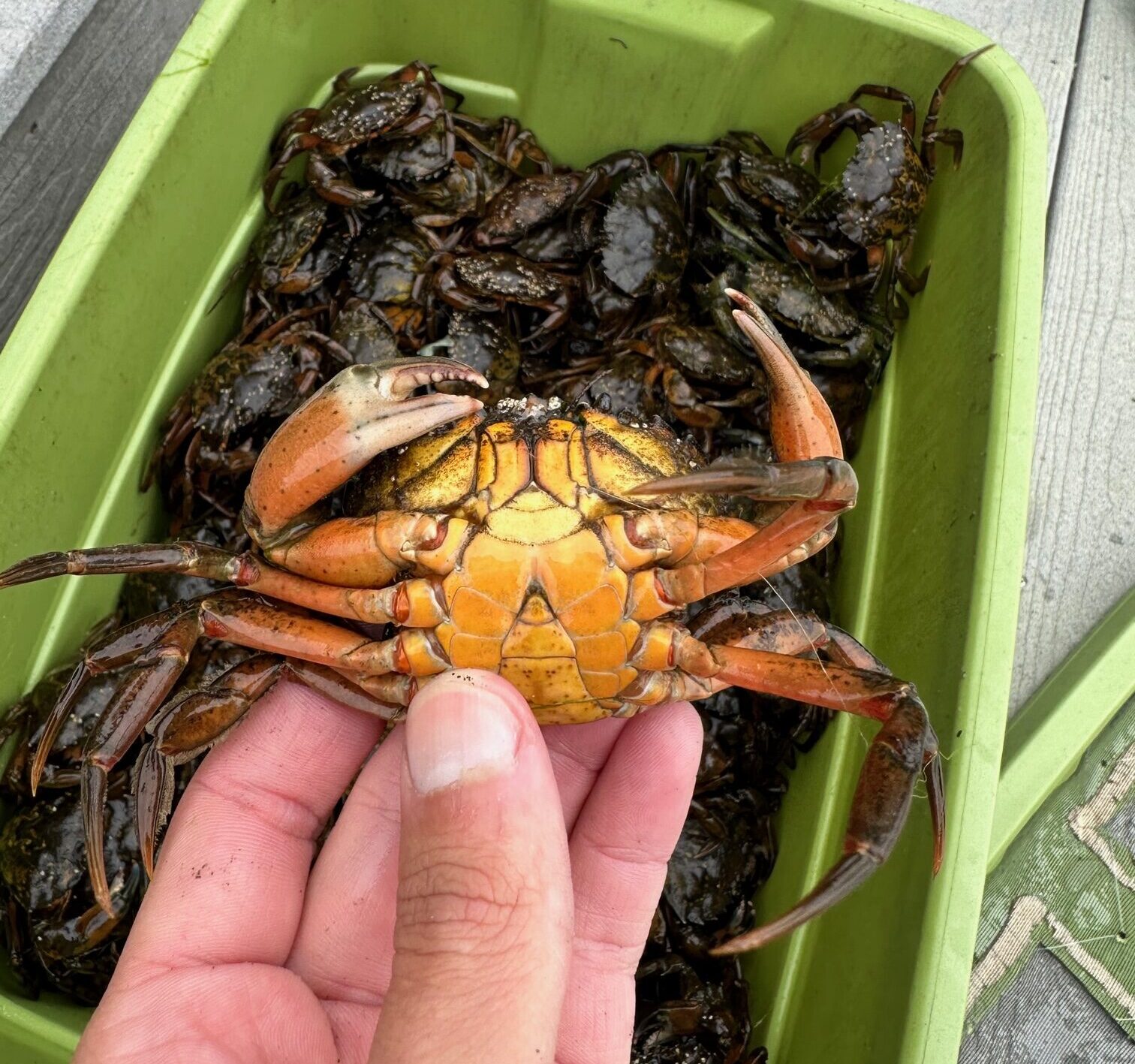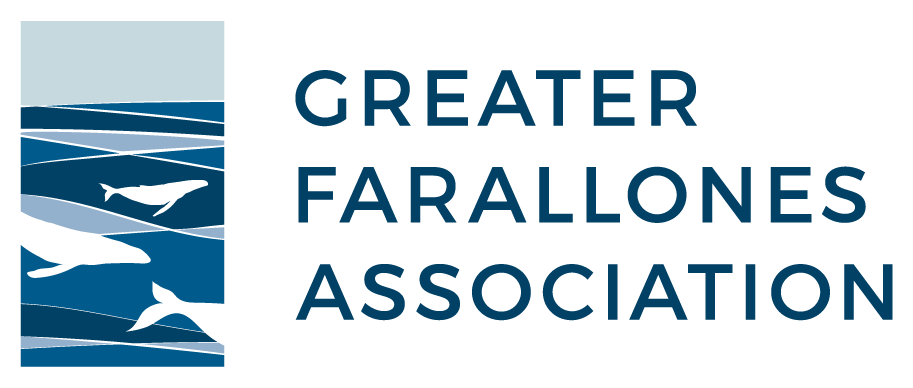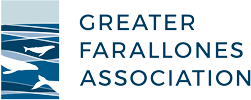Restoring Balance: The Crucial Role of Invasive Species Removal Projects

Across the globe, human activities have unintentionally introduced invasive species to ecosystems, disrupting natural function and causing significant ecological, economic, and social damage. Invasive species, as the name suggests, are non-native organisms that invade and establish themselves in ecosystems beyond their natural range. These species, in their newfound homes, often lack natural predators or competitors, which allows them to rapidly multiply and outcompete native species for resources. This aggressive behavior disrupts the intricate web of interactions among plants, animals, and their environment.
Invasive species pose a threat to native biodiversity, affecting everything from wildlife populations to agricultural productivity. In response, conservationists and environmentalists worldwide have embraced invasive species removal projects as a critical tool for preserving and restoring our natural habitats.
Within Bolinas Lagoon, a Ramsar Wetland of International Significance located within Greater Farallones National Marine Sanctuary, invasive green crabs pose a significant threat. Originating from Western Europe and Africa, the green crab was introduced to the US West Coast in 1989. Green crabs compete with native birds and fish for important food sources such as shrimp, clams, oysters, and juvenile Dungeness crabs.
Our volunteer green crab removal project has engaged the local community in restoration every summer since 2009, in partnership with University of California, Davis, the Smithsonian Environmental Research Center, and the Seadrift Association. The goal of green crab removal is not to eliminate the population, a near-impossible task, but rather to make sure the crabs don’t take over entirely. Removing green crabs allows the native biodiversity of Bolinas Lagoon to flourish.
Bolinas Lagoon holds immense ecological importance as a thriving wetland ecosystem – in addition to its Ramsar designation, it is also part of the UNESCO Golden Gate Biosphere Region and is an Audubon Important Bird Area. As a coastal estuary, it serves as a critical habitat for a diverse range of plant and animal species, playing a vital role in the overall health of the surrounding environment. The lagoon’s intricate network of channels, marshes, and mudflats make it a crucial stop on the Pacific Flyway for numerous migratory birds to forage, nest, and breed. Its abundant vegetation, such as pickleweed and cordgrass, offers shelter and sustenance to fish, amphibians, and invertebrates.
Bolinas Lagoon also acts as a natural filtration system, helping to improve water quality by trapping and breaking down pollutants, thus contributing to the overall ecological balance and resilience of the region. Its unique blend of freshwater and saltwater habitats further enhances its significance as a hotspot of biodiversity and serves as a valuable resource for scientific research and environmental education.
By protecting and preserving Bolinas Lagoon by lowering the invasive green crab population, we can ensure the continued existence of this precious wetland and its intrinsic ecological value for generations to come.

